At the end of last week, we received our project assignments for the internship. Our group of 12 was split into 6 pairs, and each was assigned a different challenge related to medial technologies. The projects are all pretty unique — some have to do with compressors in oxygen concentrators, some with a software interface, and some with improving Rice-developed technologies.
Chikondi and I are working to design and manufacture stands for a low-cost phototherapy light that is used to treat babies with jaundice. Phototherapy lights exist across the world, but often times are expensive and not accessible for hospitals like those in Malawi. The Bililight (the wooden box in the pictures below) is a low cost phototherapy device that came out of Rice 360 several years ago. The problem is, the light does not have a stand — it is currently being held up by tying it to a walking stick with cloth strips, or placing on top of the cot, too close to the baby. Chikondi and I were tasked with building a stand for these lights that is easy to use, safe, and maintains the intended function of the light. Two initial prototypes have already been built, but we plan to improve upon them or come up with a new design altogether.
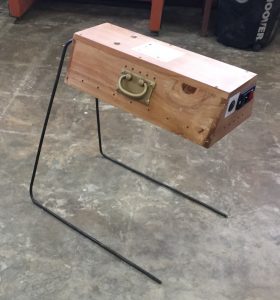
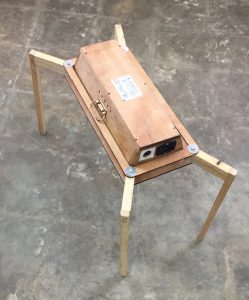
We spent all of last week collecting information. First, we read through documentation and papers to learn as much as we could about jaundice, phototherapy, and the bililight. We spent Tuesday, Wednesday, and Thursday traveling to different hospitals around southern Malawi taking some initial prototypes for feedback and gathering other information. Here’s what we learned:
- Nurses generally preferred the metal two-legged stand over the wooden four-legged stand
- There were many types of cots, and the metal stands generally fit most sizes, while the wooden one did not fit in the plastic cots
- Many nurses requested that the bililight be able to be swiveled out of the way so they could access the baby easier
- Nurses wished for the stand and light to be stored as one unit, so they wouldn’t risk losing parts
- Some want the stand to be on wheels, and some want it to be able to be picked up
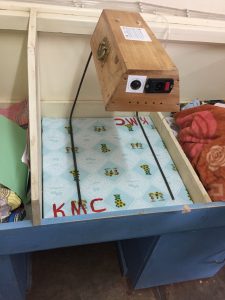
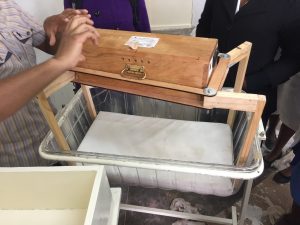
It was really interesting visiting different hospitals in different places in the country. All hospitals are one story, and are a series of wards connected by covered walkways that are open to the outside air. The district hospitals (the smaller, regional ones) seemed to generally have nicer facilities, but often times the equipment and staffing was better at the larger central hospitals. The adult wards had many beds (about 50 in some hospitals) all in the same room, and the nurseries varied in size.
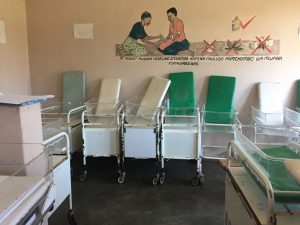
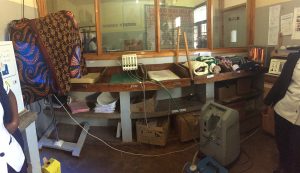
We also had a lot of fun traveling with each other, and enjoyed driving around cities like Zomba, stopping to take pictures at a tea plantation, buying a giant papaya from the side of the road, driving up a winding mountain road, and just spending time together!
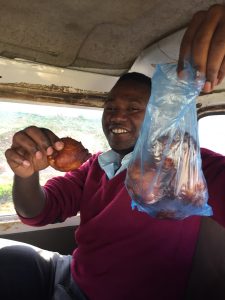
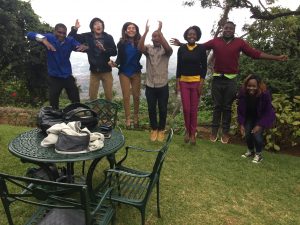
Next up, we are going to take this feedback into consideration and brainstorm ideas for a new and improved stand. This is one of my favorite parts of the engineering design process, so I can’t wait!
-S